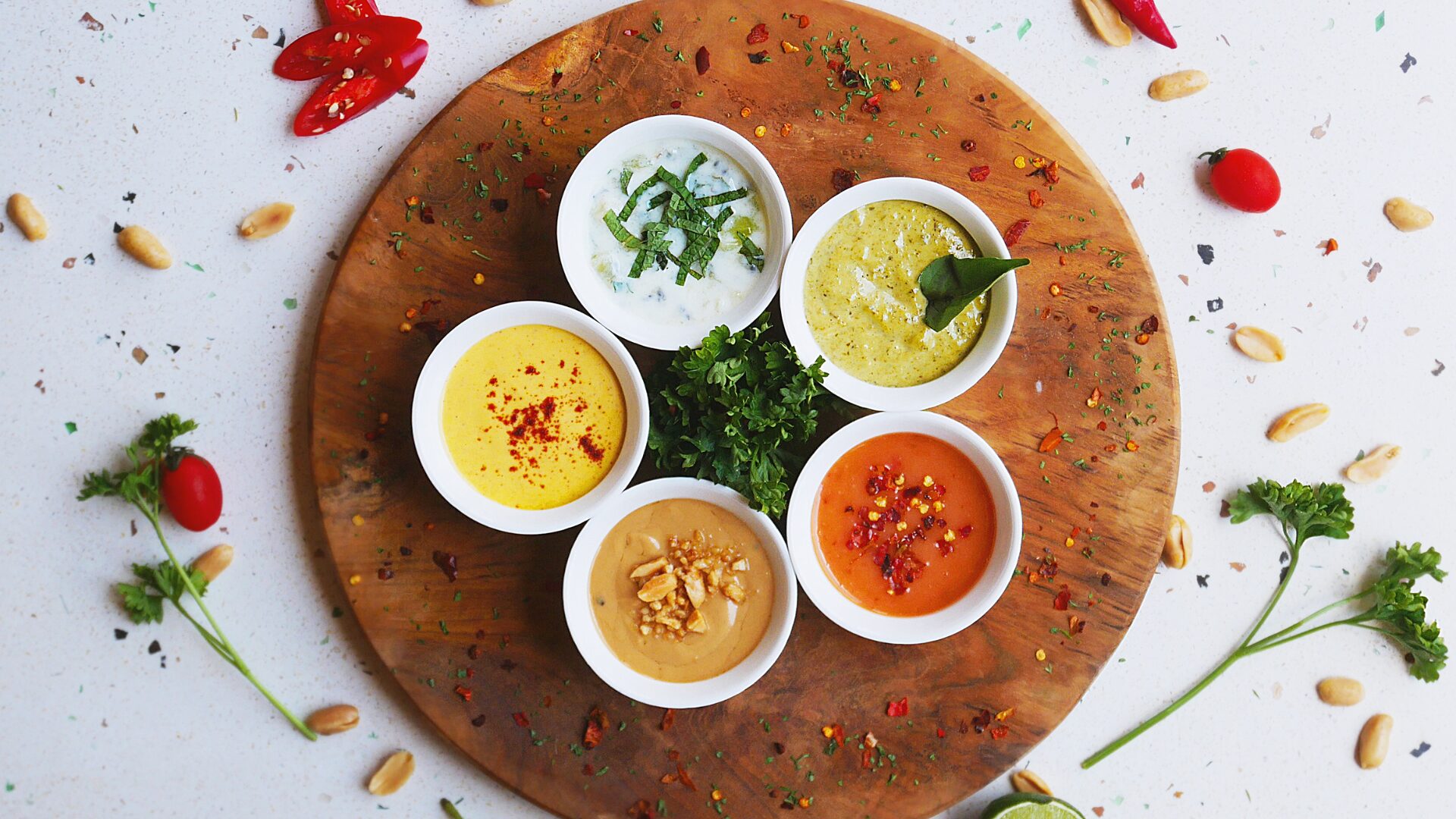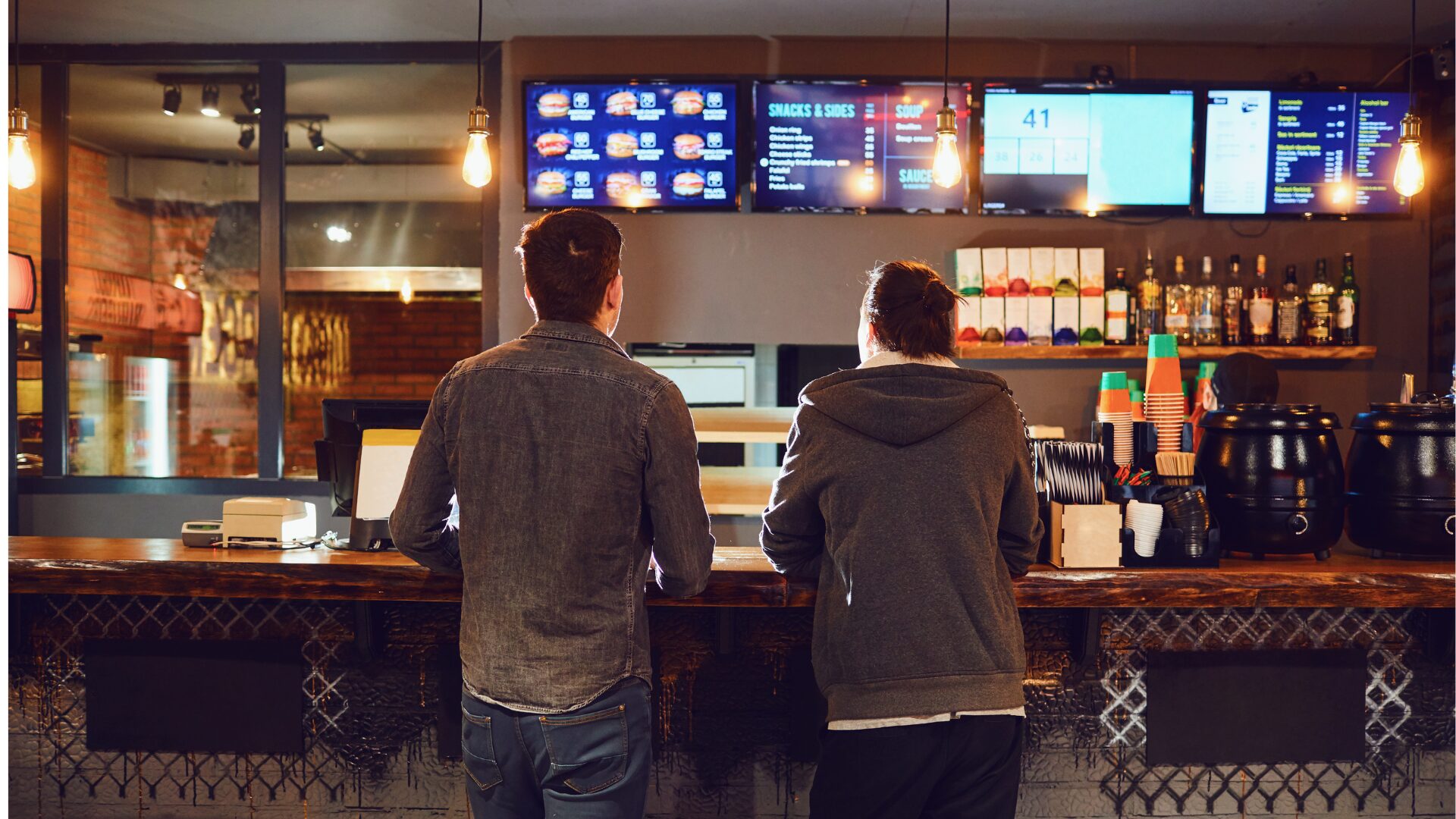After months of uncertainty, 2021 looks more promising than one might assume for the food industry. For starters, Congress’s recent COVID-19 relief bill should provide a measure of assistance to restaurants and beer manufacturers alike.
Here’s why.
Tax Breaks
Congress’s bill providing COVID-19 relief and 2021 government funding includes tax breaks for beneficiaries which include the food industry. The bill grants temporary tax credits to help businesses cover the cost of payroll and creates a permanent tax break for beer brewers, winemakers, and liquor distillers, reported Bloomberg (Dec. 22). It also includes a write-off for taking business clients to restaurants.
The total cost of the tax-break is $328 billion, according to the Joint Committee on Taxation. About half is for $600 direct checks to many middle and low-income adults, while the other half covers many deductions and credits intended to boost the economy.
The tax breaks have received criticism from economists who say they will do little in the immediate future to spur economic activity, because many venues are closed and few businesses are conducting in-person meetings with clients.
However, the food and wine industry defended the tax break by arguing it has been one of the hardest hit sectors and deserves more help.
PPP Loans
The $900 billion COVID economic relief plan also designates $325 billion for support of small businesses, including additional Paycheck Protection Program (PPP) loans and Economic Injury Disaster Loans. The package contains provisions for a simplified forgiveness process for PPP loans of $150,000 or less and allows expenses paid with PPP funds to be deductible.
The funds will be geared toward assisting small companies that can demonstrate economic hardship. It includes another round of funding for borrowers who have exhausted the first round of funds and expands forgivable expenses to include supplier costs and investments in facility modifications as well as personal protective equipment.
Loan amounts will be based on 2.5 months of payroll costs. The maximum loan amount will be $2 million and allowable expenses will be similar to the first round, with the addition of safety expenditures, while the 60%/40% allocation between payroll and non-payroll costs will be required for full forgiveness.
The Economic Uptick
Real gross domestic product (GDP) increased at an annual rate of 33.4% in the third quarter of 2020, according to the third estimate released by the Bureau of Economic Analysis. In the second quarter, real GDP decreased 31.4%.
Real GDP reflected increase in personal consumption expenditures (PCE), private inventory investment, exports, nonresidential fixed investment, and residential fixed investment. Increased PCE reflected increases in services, including foodservice, healthcare, and accommodations.
Given the rebound in the economy, the new tax breaks and PPP loans could further boost the food industry in 2021.












